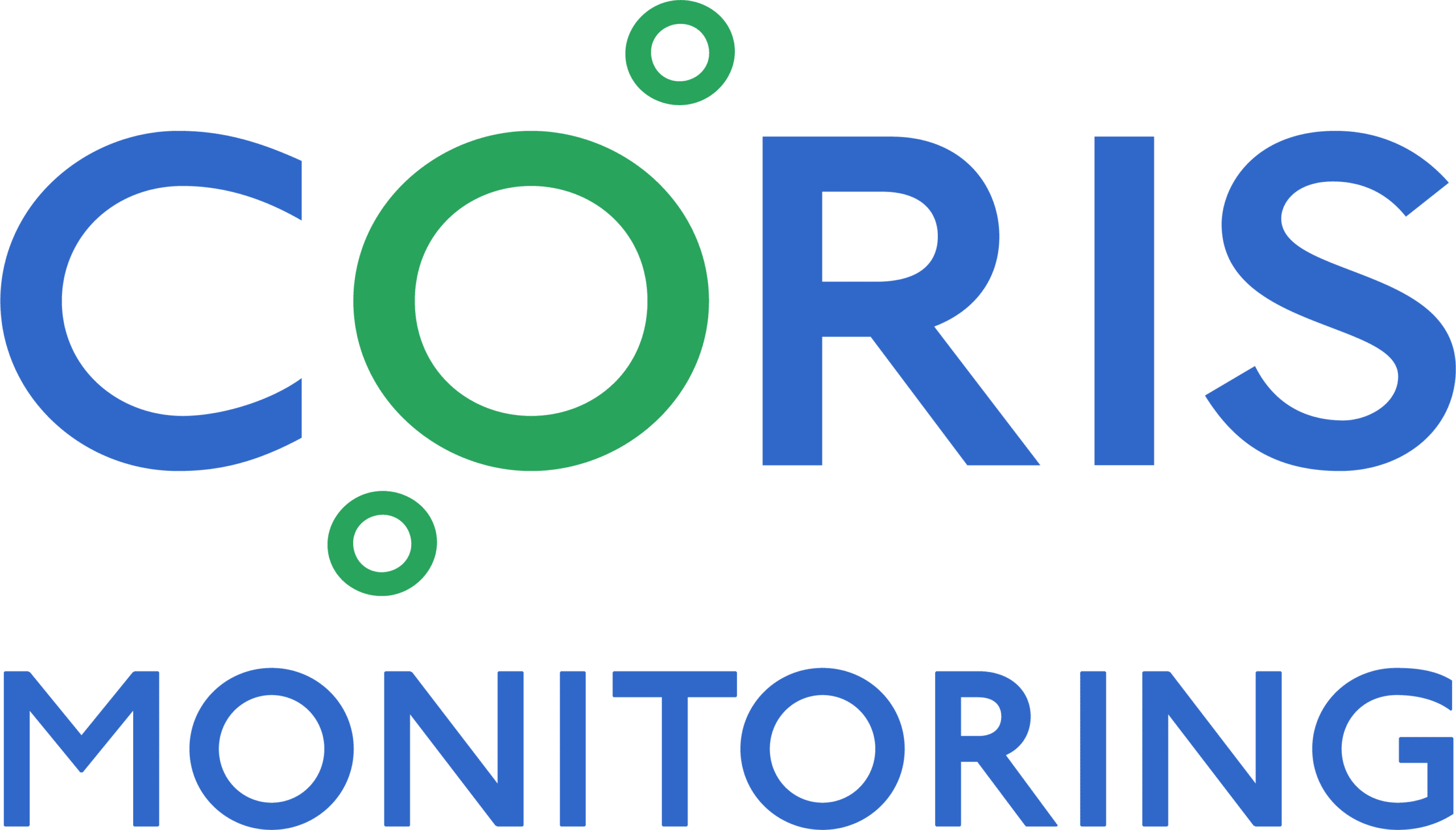There are several government and nongovernmental entities that require temperature sensors to be calibrated each year. To prove temperature sensor calibration, a temperature calibration certificate must be generated as a means to document the calibration has been completed and sensors are accurate.
When it comes to ensuring your lab remains in compliance, there are four ways to accomplish temperature sensor calibration.
1. Work with a Calibration Service Company
The first option is to hire a calibration service company to come into your lab and perform the calibration on your temperature sensors. (In some cases, the sensor vendor can also perform the calibration service.) These professionals will bring a pre-calibrated temperature sensor to your lab, insert it into your freezer or refrigerator, and — once it reaches a stable temperature reading — compare it to the temperature reading on your existing sensor.
In most cases, the two temperature readings will be very close, and a calibration certificate will be issued that details any differences between the two readings. If your current temperature sensor is capable of having its calibration adjusted, an offset amount will be entered to make the two readings match moving forward. Plan on at least 15 to 30 minutes per freezer to let the calibration sensor “settle” and then to document the sensor and freezer identifications, and any calibration offsets that are required. Usually, the temperature calibration certificates will be generated back at the office and sent to you as email attachments.
An advantage of this approach is that cold storage appliances are continuously monitored throughout the temperature calibration process.
Cost: While it can vary considerably, the range is usually between $200 and $400 per temperature sensor calibrated.
2. Send Your Sensors to a Calibration Lab
Rather than having professionals come on-site to your lab, you can send your sensors to a calibration laboratory where they will be tested in environmental chambers and compared to pre-calibrated sensors.
This approach requires you to remove temperature sensors from freezers and refrigerators, ship them to the calibration service, and then reinstall them once the lab completes the calibrations. To this end, it is important to coordinate with the calibration lab to make sure they can calibrate your temperature sensors without delay once they receive them. That way, you can minimize the amount of time the sensors aren’t monitoring your freezers and refrigerators.
To put this in perspective, it can often be several weeks that your sensors are not available to monitor your cold storage appliances. In light of this, you’ll probably need to revert to manually recording thermometer readings inside freezers and refrigerators, and the thermometers should be calibrated.
Cost: Generally, this approach comes with a price tag of $200 to $300 per sensor, plus the additional shipping costs.
3. Have Your Sensor Vendor Send You New Pre-Calibrated Sensors
Another option is to have your sensor vendor replace your existing sensors with pre-calibrated sensors.
There is typically a one-time fee associated with this sensor “swap,” but you can schedule the removal of your existing sensors and the installation of new temperature sensors to minimize the time that freezers and refrigerators aren’t being monitored. Removing existing sensors and installing new sensors is an easy process, but care must be taken to ensure there is no mix-up of sensors and that the new temperature sensors are placed inside the proper freezer or refrigerator.
Cost: Generally, costs are between $125 to $200 per sensor swapped, plus shipping.
4. Calibrate Your Own Sensors
Lastly, you can calibrate your own sensors. Several labs with 40 or more sensors to calibrate will purchase a handheld temperature monitoring device, have it calibrated with a calibration certificate issued, and use the device to calibrate all of their temperature sensors. You can then issue your own temperature sensor calibration certificates, referencing the serial number and calibration certificate of the testing sensor, and then document the name, signature, and the date of certification.
In terms of this approach, there are a handful of costs to consider — both monetary and from a time standpoint. For one, there’s the upfront cost of purchasing a handheld sensor and getting it calibrated, which is generally between $250 and $500. Second, you are performing your own labor to calibrate the sensor, which keeps you from other work, so the labor, in reality, doesn’t come free. Further, there is the upfront time and possible expense of having to learn the proper procedures and techniques to calibrate temperature sensors, which also does not come “free.”
For smaller labs with fewer than 10 freezers or refrigerators, it’s likely not worthwhile to calibrate your own temperature sensors, as the person who performs the calibration will need to be trained in proper calibration procedures and techniques. For labs with over 75 sensors to calibrate, the economics for self-temperature calibration are compelling, assuming there is someone who has the time to both learn and perform the temperature sensor calibrations.
A New Calibration Certificate Option, Without the Hassle
As a provider of a state-of-the-art lab temperature monitoring system, CORIS understands the importance of temperature sensor calibration and offers a “sensor swap” service for customer convenience. Each year, we’ll send you a new batch of sensors to replace your existing ones and provide you with a calibration certificate that you can submit to regulatory organizations.
While often the most cost-effective of the above calibration options, this sensor swap service saves you the time of finding a third-party vendor, waiting on your sensors from a lab, or doing the calibration testing on your own. The end result is less work for you, with the compliance you need to ensure accurate temperature sensor readings.





